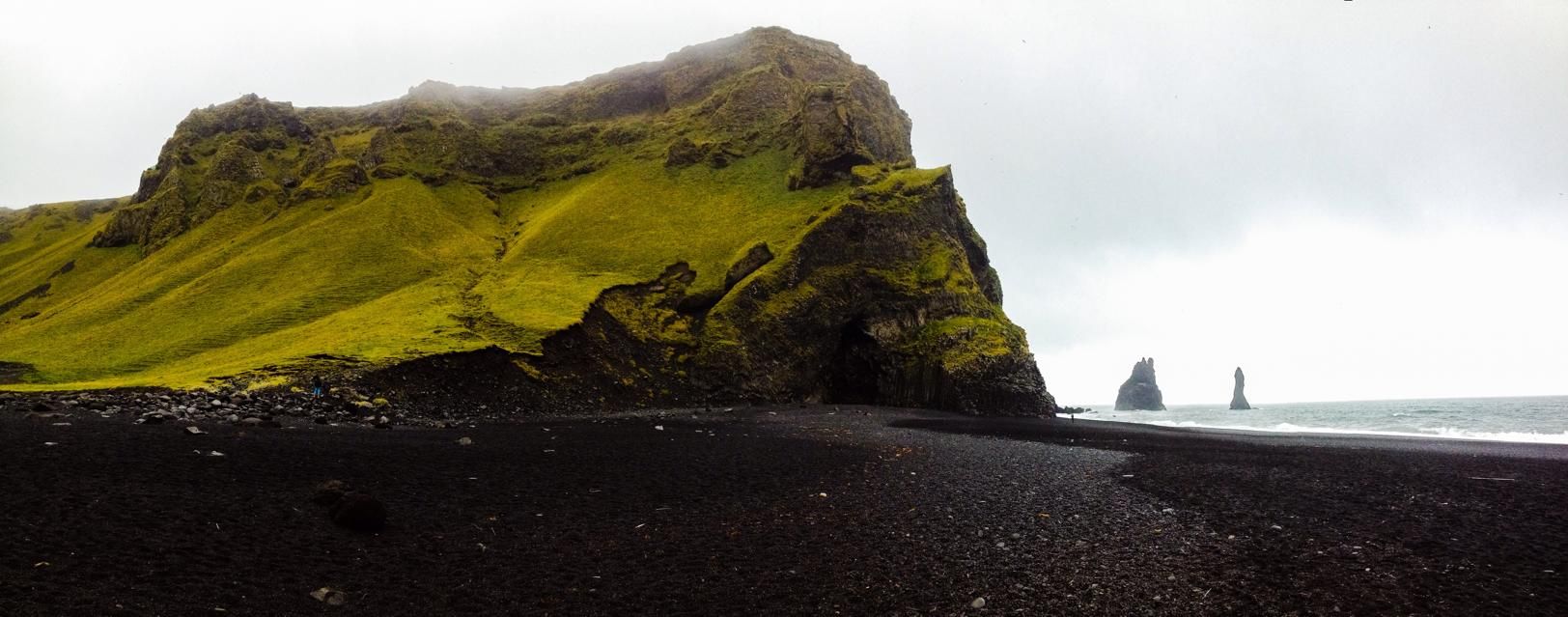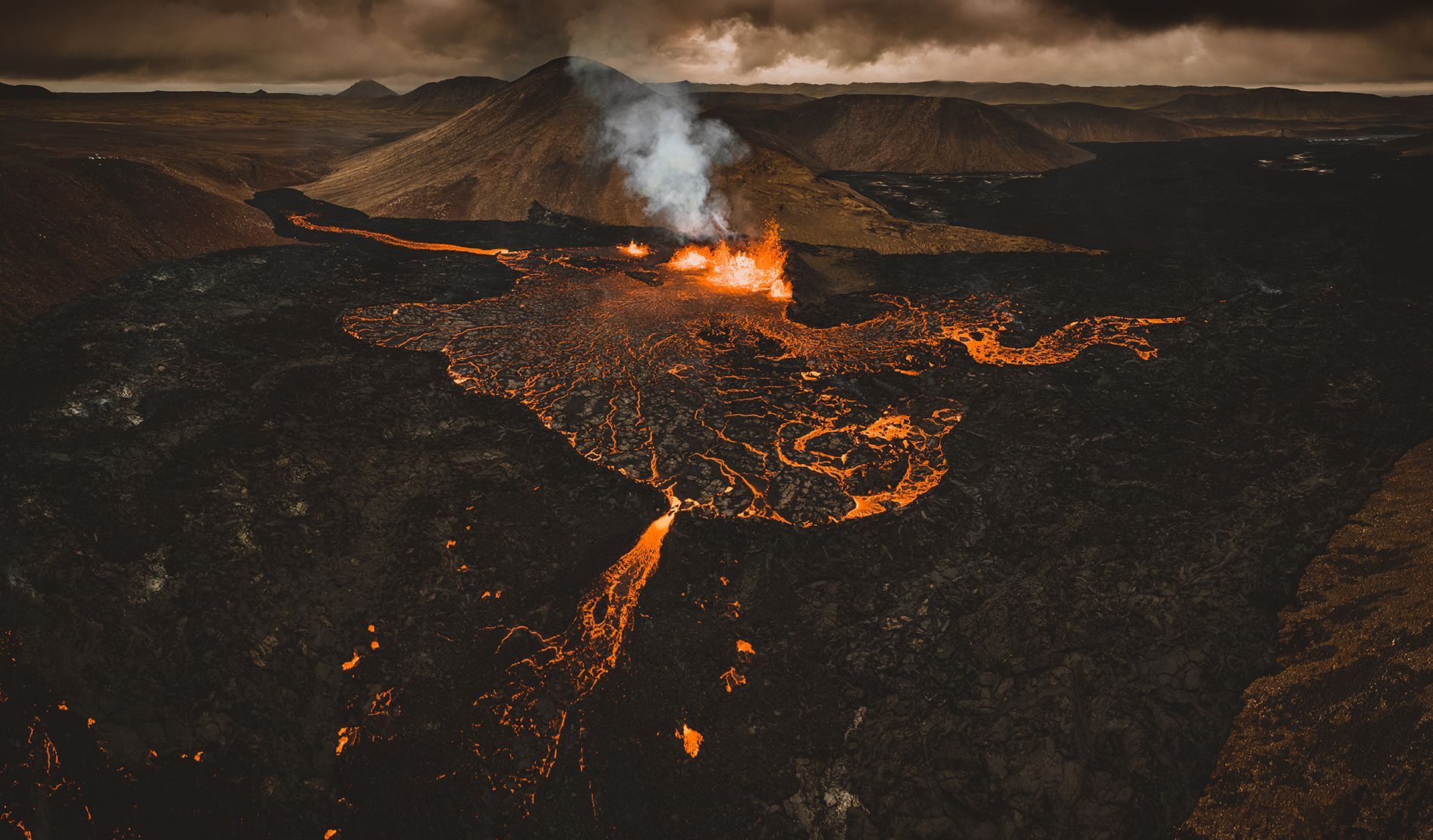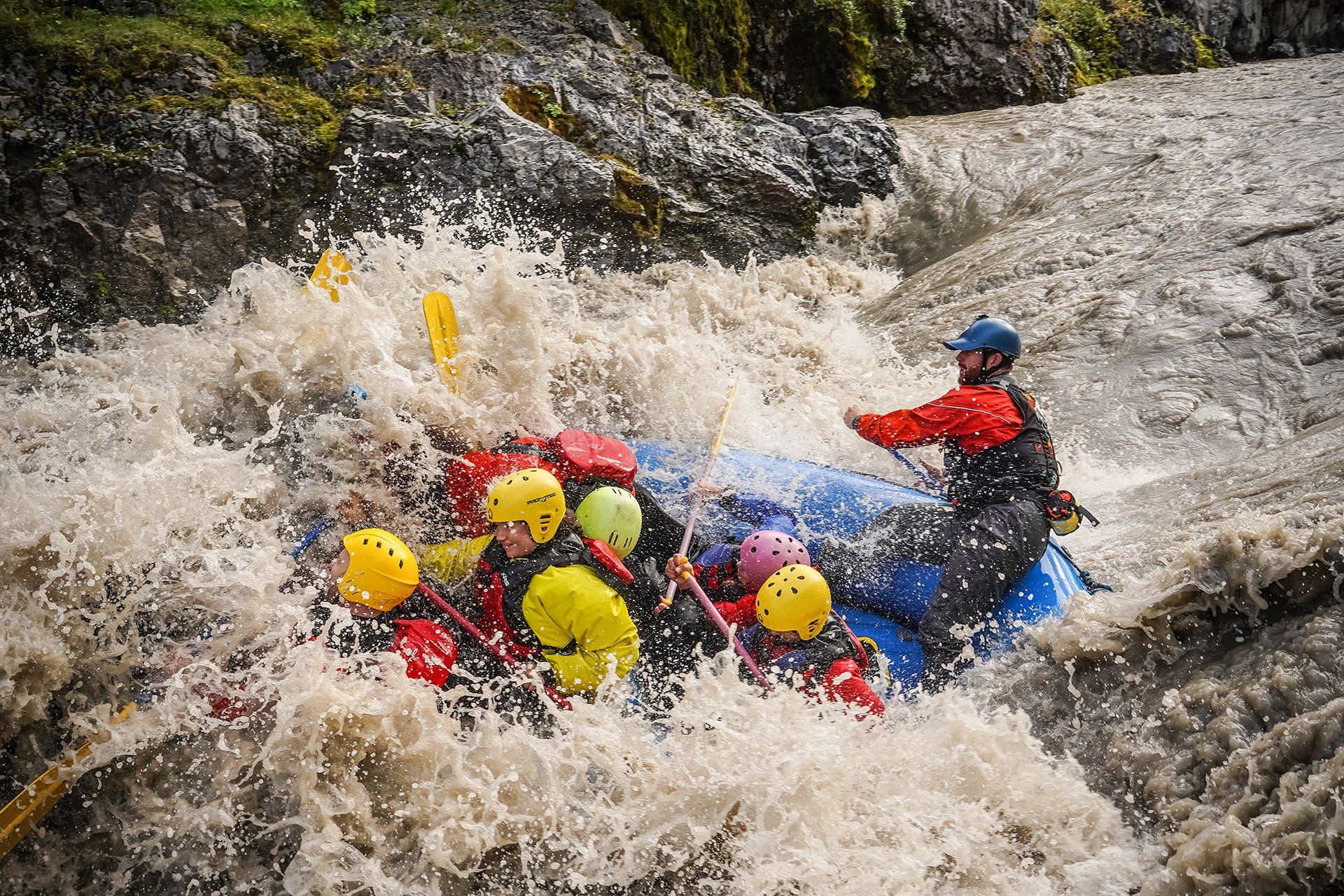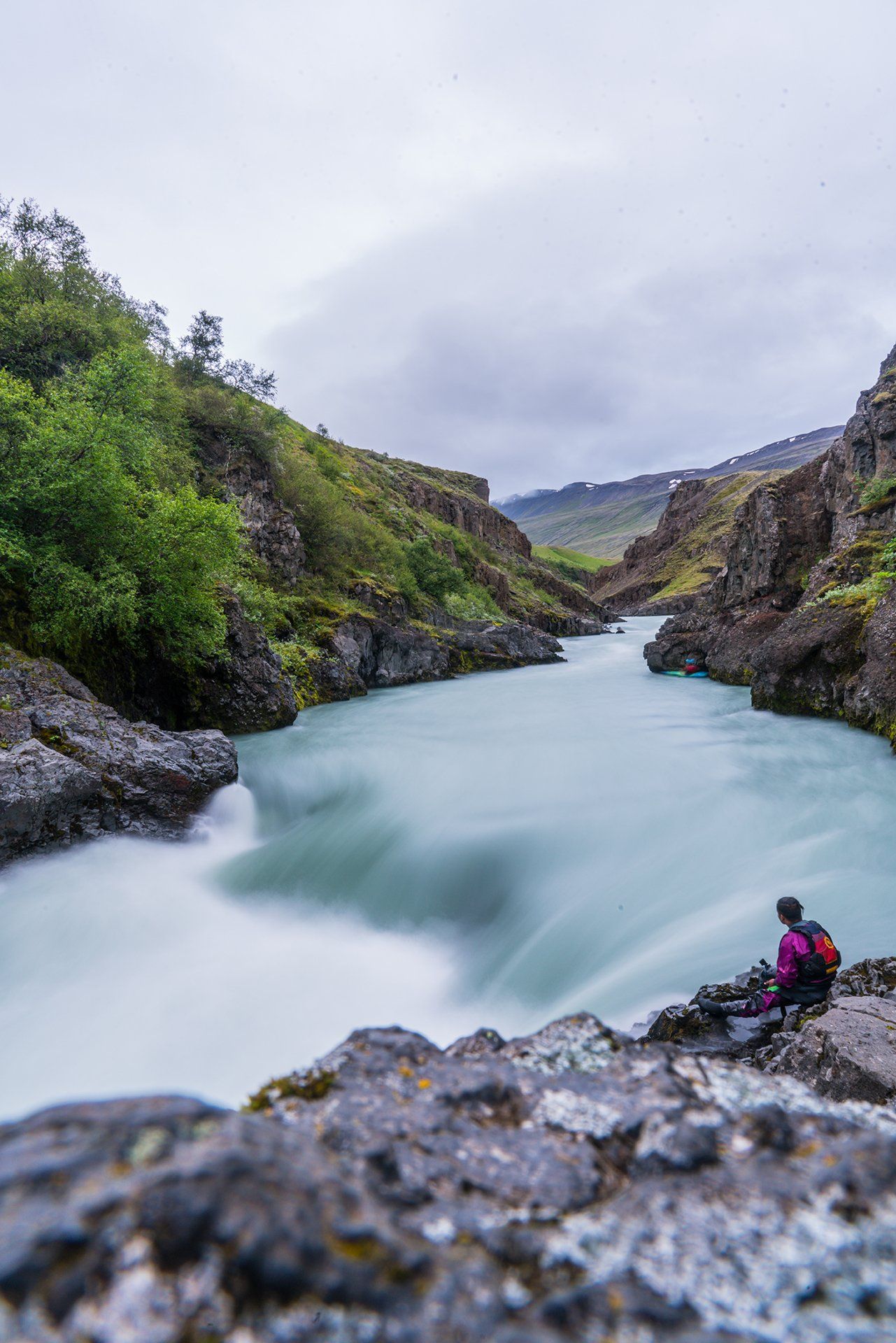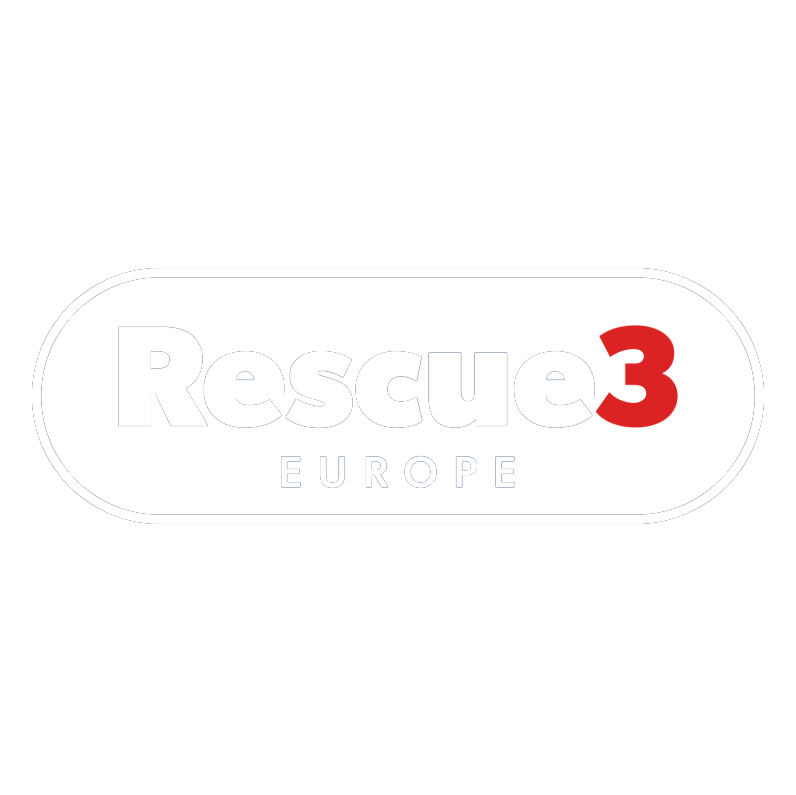The River Blog
The River Blog

By Steve Merrow, 2017
•
20 Jan, 2022
Most vacations begin with a near obsession of making the right decisions. Renting the right car, selecting the right excursions, booking the right hotel. Iceland is the land of fi re, ice, and the midnight sun. Uniquely inspiring landscapes and long days give all of us the chance to relax; there are many good choices to make. Select a Theme: My first advice would be to select the theme of your vacation. The most popular theme is to rent a car and drive highway 1, “the ring road”, around the entire island. The road is 1,400km long and usually takes 4-14 days depending on how much time you have. If you are planning to rent a car just for driving, book accommodation well in advance. If the thought of planning your vacation on a set schedule is a turn off , consider renting a small camper van. These are very popular, much smaller than theAmerican equivalent, and allow you to stay on your own schedule. Many people opt to hitchhike their way around the country. This is a safe, and socially accepted way to move around. Our friend Mareile never waits more than five minutes before getting a ride. Even if you’re no Mareile, you can expect to catch a ride every couple hours or so depending on how busy the road is. If you want to schedule some hitchhiking, a ride share Facebook group and website exist where people are posting frequently. This is an especially good option when moving out of Reykjavik. Ride a Bike around the island. Outside of the the two major cities, highway 1 is a two lane road with a fair bit of traffic. Cyclists share the same camping privileges as hitchhikers. Plan on spending at least some time on a gravel road to see the thrilling geology off highway 1. Renting a 4x4 and driving on Iceland’s F roads opens up an entirely different zone of Iceland that most people don’t have an opportunity to see. Icelanders are culturally obsessed with 4x4 vehicles and F roads. If you love the idea of exploring the interior’s remarkable moonlike geology and ice fields, this could be a good option. This choice should involve a good amount of research on what roads you want to drive, when you want to drive them, and what your driving experience is. It is also possible to do a day rental or take part in an excursion that involves 4x4 and F roads. The Icelandic public bus system connects the larger towns and many of the major sights visible from highway 1. There is even a highlands bus that penetrates into the interior. The buses are expensive, but may be a good choice if you are doing a mix of hitchhiking or have a certain destination which you will spend a fair bit of time. Driving Tips: Icelandic roads are paved with the cash of heavy footed tourists. The highway 1 speed limit is the fastest in the country, 90kmh. This is going to be painfully slow pace for many of you. The roads are heavily patrolled by cars and cameras and I promise that if you speed, you will get a ticket. The major reason for the slower speed limit is the livestock grazing on the sides of the road. Every horse and sheep that you see in Iceland has an owner. An owner that is happy to have their animals wandering close to the sides of the road. If you hit an animal, regardless of where this animal is standing, the law requires that you pay the farmer the full value of this animal. Whether or not you agree with this policy/strategy, it exists, so don’t speed. Lastly, be smart about where you pull off on the side of the road. “Iceland”, yeah the whole thing, is one of the most scenic drives in the world. You are going to want to stop and take photos every five minutes. That’s great, but be smart and respectful about where you are parking. If you can’t get off the road, don’t stop, or stop somewhere else. A lot of traffic accidents occur from large trucks trying to maneuver around vehicles that have obliviously parked in the middle of the road. When to Visit: The summer season, which we will call April through September, is the most popular time of year to visit. The peak season within summer is July and August because the temperature tends to be a little warmer. If you are looking for less people, cheaper flights, and northern lights, April and May can be an awesome time to be in Iceland. Once late May/June rolls around the days are too long to see Northern lights. April and May are still boarding on Icelandic winter and can have severe weather. Expect the F roads to be closed as well as any other roads receiving substantial snow. I would travel at this time of year with an open mind, having numerous plans that can be adjusted based on what the weather is doing. June, July, and August are the most popular summer months to visit Iceland. It is not a coincidence that statistically these are the warmest months of the year. Other major advantages include access to most every road and many hiking trails should be cleared of snow. Summer solstice, the longest day of the year in the northern hemisphere, falls on June 20-21 st . If you are traveling within 60 days of the solstice, expect nearly 24 hours of daylight. This is a huge advantage when traveling because darkness is never a limiting factor to exploring. The one disadvantage of this time of year is the amount of people also visiting. You will be sharing a lot of the top destinations with other groups and accommodation reservations will need to made in advance. As busy as it gets in Iceland, it would never compare to say Niagara Falls, Yosemite Valley, or Times Square. In September and October, we start transitioning back towards winter. Your math is correct folks, just three months of true summer in Iceland. The return of the Northern lights and the crisp air are two of my favorite aspects of a September evening. Expect every rain storm to bring a dusting of snow on the mountain peaks which creates another beautiful contrast to the landscape. Also expect the crowds of people to dwindle, and the flights to and from to get quite a bit cheaper. I love the fall, but it’s not for everyone. Food: Restaurant prices might shock you when you first arrive. Everything in Iceland is going to be more expensive and food is no exception. Food will be most expensive along the south coast and in the Golden Circle as these places have more visitors. Planning to cook your own meals is a great way to save money. BONÚS is a very common grocery store where you can get most everything you need. Expect to find a more expensive and slightly less selective version of produce, bread, and dry goods compared to North America and mainland Europe. The local lamb is fantastic and should be eaten as much as you can afford to do so. Unique food like lamb tongue, horse meat, whale, and even puffin can be found in a lot of places. If you are eating ground meat, expect horse to be in it. Horses exist in Iceland for two reasons, riding and eating. This might be shocking at first, but it is an important part of the culture. The horses that are raised for meat live a pretty amazing life of free grazing and are treated substantially better than much of the beef around the world. On the flip side, 90% of the Whale eaten in Iceland is done so by tourists. Whaling also has its tradition inIceland, but at this point is mainly serving tourists looking for a taboo food not available in many countries. Beer is also going to be expensive. IMPORTANT NOTE! Beer, and I mean real beer, can only be purchased at bars and official liquor stores (VINBUDIN). Manya disappointed traveler, including this one, have purchased the 2% beer sold in grocery stores only to find their apparent alcohol tolerance is off the charts. Climate: Whenever recommending a time of year to visit, I always make a point to mention how unpredictable the climate in Iceland is. The island of Iceland sits between 61 and 66 degrees north, just shy of the arctic circle. Sitting in the middle of the Northern Atlantic, the ocean plays the most dominant roll in determining what the weather will be, which almost always includes wind. It is not uncommon to see snow fall on the mountains every month of the year, nor is it uncommon for temperatures to reach 21 degrees Celsius (70 Fahrenheit). You could spend an entire vacation lounging in shorts and T-shirts, or you could spend two weeks bundled up with consistent rain. I strongly recommend preparing for the latter. The ocean, mountains, glaciers, and river valleys are all capable of producing their own highly variable micro climates. A two-hour drive can feel like driving through four seasons of weather. These microclimates make forecasting weather a challenge. Don’t waste your time looking at the weather two weeks in advance. Even a two or three-day forecast should be taken as a general overlook and not absolute truth. The climate trends in Iceland; the South Coast gets far more rain in the summer and snow in the winter (hence the concentration of glaciers and ice fields). The Northern coast is the driest part of the ring road, but still gets rain. The East Fjords and WestFjords are also subject to quite a bit of rain, but less than the South Coast. The center of the island, commonly referred to as the highlands, is most protected from the ocean and is therefore the driest. The silver lining to all this unpredictable weather is Iceland produces the most magnificent cloud formations and sunsets you are likely to see. Without the weather we wouldn’t have the glaciers and the rivers that produce Europe’s most incredible waterfalls. If you are visiting in June, July, August; plan on temperatures between 10-16 Celsius and rain everyday. If you are visiting in Spring or Fall, expect it to be a bit a colder. Preparing for anything else would be foolish. If you have the right gear and the right expectations, Iceland will be a fantastic journey, regardless of weather. The Language: Most Icelanders are going to speak English as a second language. The further up into the isolated valleys you travel, the less English you will encounter. Memorize some greetings, gratitude’s, and basic phrases in Icelandic and you will be fi ne. People in every country appreciate a little extra effort and the chance to laugh at the horrible pronunciations visitors can come up with! Get Yourself into Some Hot Water: Natural hot springs and local warm swimming pools are a major part of the culture in Iceland. Imagine a cold winter in a small village at 65 degrees North.What could bring a community closer than wonderfully warm body of water? I have seen a number of visitors who seem a bit timid on partaking, but I think this is a mistake. Soaking in a hot spring is a great way to relax sore legs from hiking or sore butts from driving. Natural hot springs are special because they blend into the landscape. If you don’t have access to any near by, just about every village in Iceland will have a warm swimming pool, hot tub, and sauna. A couple tips for hot spring etiquette; give yourself a genuine cleaning before entering, don’t leave any trash, including toilet paper, and open and shut gates accordingly when walking on private property. Respect the Landscape: It is incredibly disappointing to be hiking in the backcountry, enjoying a natural hot spring, or even stopping on the side of the road to take a photo, and seeing toilet paper on the ground. Toilet paper takes over a year to dissolve, longer if the climate is dry. Be respectful and pack out any trash you bring with you, including toilet paper! You might be surprised at the freedom of movement allowed at many of the major sightseeing destinations. Fences and paved walkways don’t always exist.For instance, at Dettifoss, it is currently possible to walk all the way to edge of the falls without any protection. Be careful, be smart, don’t walk around looking through a camera. The ecosystem in Iceland is unique and in some places fragile. Stay on marked or obvious trails and don’t wander closer for any reason. A footprint on the edge of a geyser could last for hundreds of years and will encourage others to follow. Let’s all be respectful and not force Iceland to over regulate like so many other parts of the world.

